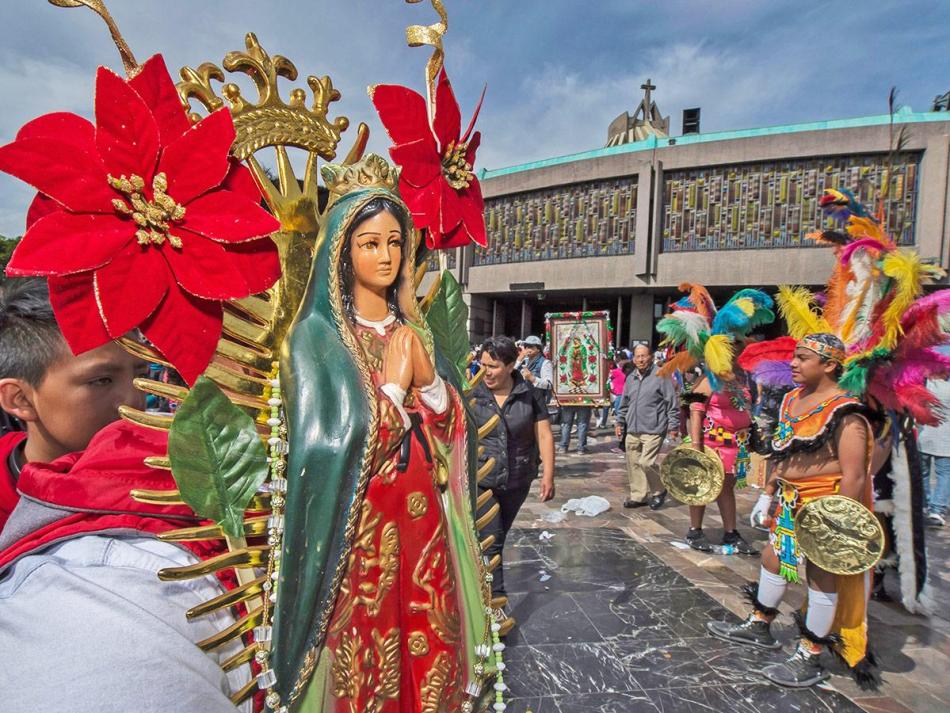 I’ll just bet you didn’t know that December 12 is Poinsettia Day. So many people don’t.
I’ll just bet you didn’t know that December 12 is Poinsettia Day. So many people don’t.
How did that come about? In July 2002, the US House of Representatives passed a Resolution to create Poinsettia Day. The date marks the death of Joel Roberts Poinsett (1779 –1851), the US Minister to Mexico, who in 1828 first sent cuttings of this plant, which grows wild in the seasonally deciduous forests of the Pacific Coast from Mexico to Guatemala, to his home in Charleston, South Carolina. As friends shared cuttings of the new plant Poinsett gave them, they called it a poinsettia and the name stuck. Thus
Poinsettia Day also honors yet another American, Californian Paul Ecke Junior (1926 to 2002), considered the “Father of the Poinsettia Industry,” who took the attractive but little known tropical shrub and turned it into a household name. In doing so, he created an industry now worth over 250 million$ annually.

Coincidentally, December 12 is also the Dia de la Virgen, one of Mexico’s most popular Catholic festivals. It celebrates the belief that the Virgin Mary appeared in Mexico City on that day in 1531. And guess which plant is used to celebrate that day as well?
Fun Facts
Here are some “fun facts” about the poinsettia.
- It’s by far the most popular houseplant in the world, with some 65 million sold annually.
- It’s a short-day plant and blooms naturally near Christmas in the Northern Hemisphere.
- No, it’s not poisonous to people, in spite of a long-standing urban legend to the contrary. A 50 pound (23 kg) child would have to eat 500 leaves to have any harmful effect … and it tastes so bitter, you’d have a hard time getting a kid to eat even one. Some people (usually professional growers who work daily with the plant) can develop an allergy to its sap though and it is toxic to cats and dogs, sometimes causing vomiting and diarrhea, and so should be placed out of their reach.

The bright red parts of a poinsettia are its bracts. The little green to yellow knobs in the center are the true flowers. Source: pxhere - The poinsettia’s true flowers are the tiny “knobs” of yellow, green and red in the center of the inflorescence. The brightly colored part is made up of bracts, modified leaves. They serve to attract pollinators to the fairly insignificant true flowers.
- The Catholic Church tried to ban the poinsettia at the time of the Spanish conquest of Mexico, considering it a pagan plant because the Aztecs worshipped it as a symbol of purity. The Church eventually reconciled with it, though, and it’s now called flor de Noche Buena (Christmas Eve flower) in Mexico.
- Red is the original color of the poinsettia, but there are now over 125 cultivars in all sorts of shades of red, white, pink, purple, yellow and salmon as well as bicolors. If you see poinsettias on sale in blue, deep purple, fluorescent green, gaudy orange, etc., those colors are dyes that have been sprayed onto a white poinsettia.

The wild poinsettia is a quite a substantial shrub. Source: Frank Vincentz, Wikimedia Commons - Wild poinsettias are large shrubs to small trees up to 13 feet (4 m) tall. The short, compact poinsettias we know are the result of a phytoplasma infection that dwarves the plant and causes it to branch abundantly.
- If the plant is well cared for (warm, fairly steady temperatures, good atmospheric humidity, even watering, etc.), poinsettia bracts can hang on for six months or more. In Martinique, it is called “six mois beau” (six months of beauty).
- Yes, poinsettias will rebloom in the average home and in fact, quite readily … but for Christmas bloom, at least in the Northern Hemisphere, you have to give them short days (12 hours or less) from late September on, best accomplished by placing your plant in a room that receives intense sun in the day, but no artificial light at night.
- The poinsettia is a member of the genus Euphorbia, with some 2,000 species found worldwide. Its specific name, pulcherrima, means, not surprisingly, “very beautiful”.
Enjoy your Christmas poinsettia!
Just wanted you to know how much I am enjoying your blog. Thank you!